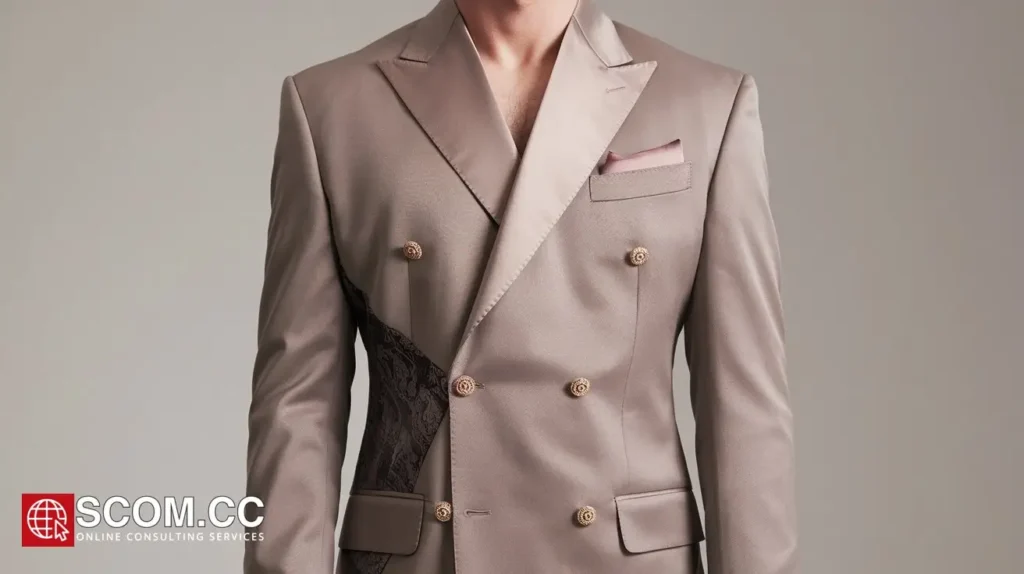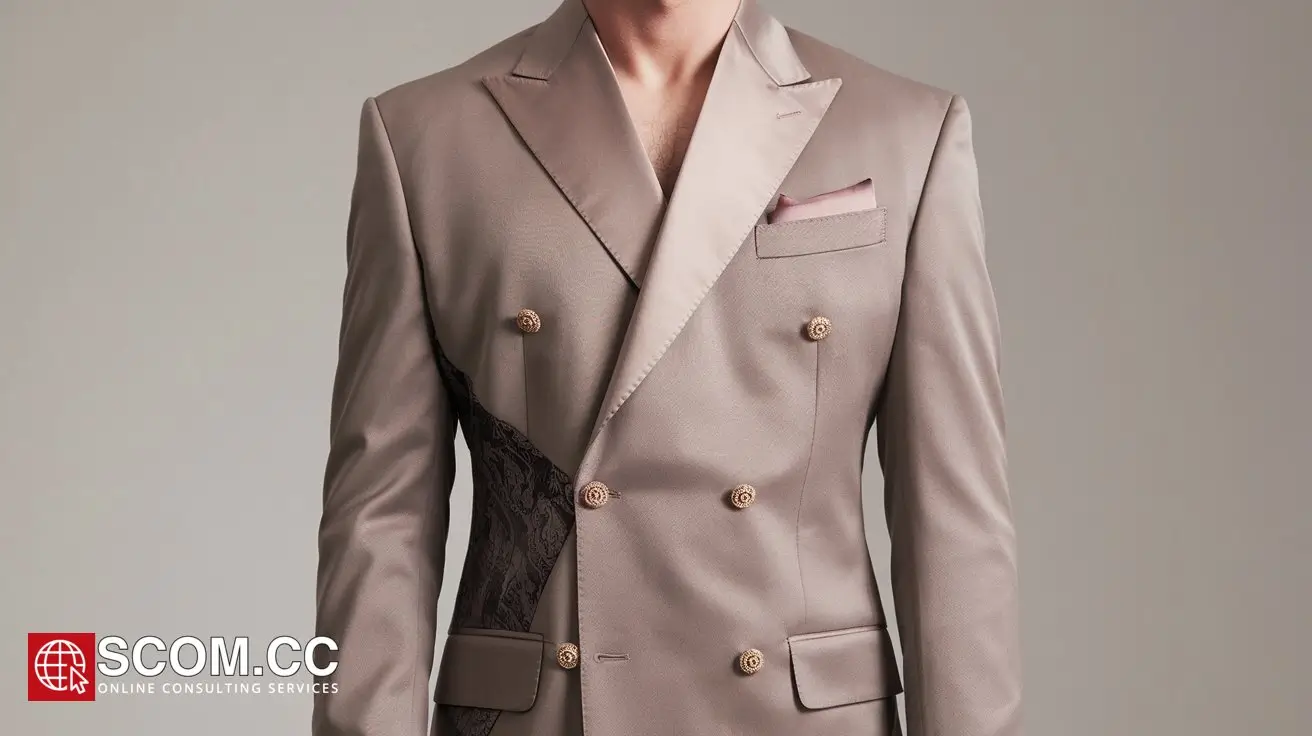How Can You Transform Old Clothes into Modern Masterpieces with Tailoring?

- How Can You Transform Old Clothes into Modern Masterpieces with Tailoring?
- Understanding the Power of Tailoring
- Steps to Transform Old Clothes
- Common Tailoring Techniques for Modernization
- Maintaining Your Tailored Garments
- Conclusion
- Summary Table
-
FAQ
- 1. What types of old clothes are best for tailoring?
- 2. How do I choose the right fabric for my tailoring project?
- 3. How can I find a good tailor?
- 4. How long does it take to transform old clothes through tailoring?
- 5. Can I tailor clothes myself or should I hire a professional?
- 6. How do I communicate my vision to a tailor effectively?
- 7. How can I ensure my tailored garments last?
How Can You Transform Old Clothes into Modern Masterpieces with Tailoring?
In the ever-evolving world of fashion, transforming old clothes into modern masterpieces through tailoring is an art that combines creativity with technical skill. Whether it's revamping a vintage blazer or redesigning a pair of worn jeans, tailoring offers a unique opportunity to breathe new life into garments. This article delves into the nuances of how you can turn your old clothes into stylish, contemporary pieces that rival those found in high-end boutiques.
Understanding the Power of Tailoring
Tailoring is not merely about altering the size of a garment; it is about reimagining and reinventing it. By adjusting the fit, changing the design elements, and updating the fabric, a skilled tailor can convert an outdated piece into something chic and relevant.
The Benefits of Tailoring Old Clothes
Tailoring old clothes provides numerous benefits:
- Cost-Effective Fashion: Instead of purchasing new garments, tailoring allows you to update your wardrobe economically.
- Personalized Fit: Custom tailoring ensures that clothes fit perfectly, enhancing comfort and appearance.
- Sustainability: By repurposing old clothes, you contribute to a more sustainable fashion industry, reducing waste.
Steps to Transform Old Clothes
1. Assessing Your Wardrobe
Start by evaluating your existing wardrobe. Look for items that are no longer in style but have potential. Common candidates for transformation include:
- Blazers: Classic pieces that can be updated with new fabrics or cuts.
- Jeans: With the right alterations, jeans can become trendy and unique.
- Dresses: Simple alterations can turn a dated dress into a modern outfit.
2. Selecting the Right Fabric and Design
Choosing the appropriate fabric and design is crucial. Consider these tips:
- Fabric Choice: Opt for high-quality fabrics that complement the original garment. For instance, upgrade a wool blazer with a silk lining or a cotton dress with a trendy print.
- Design Elements: Incorporate contemporary design features such as asymmetrical cuts, embellishments, or unique buttons.
3. Finding a Skilled Tailor
Not all tailors are created equal. Look for professionals who:
- Specialize in Customization: Ensure they have experience in transforming old clothes into modern pieces.
- Have a Portfolio: Review their previous work to gauge their style and skill level.
4. Communicating Your Vision
Effective communication with your tailor is essential. Discuss your ideas, including:
- Style Preferences: Share examples of current fashion trends you admire.
- Functionality: Consider how the garment will be used and ensure the changes support its new purpose.
5. Fitting and Adjustments
Once the initial alterations are done, schedule fittings to make further adjustments. This step ensures:
- Proper Fit: The garment should fit comfortably and flatter your body shape.
- Detail Refinement: Final tweaks can enhance the overall look and functionality.
Common Tailoring Techniques for Modernization
1. Reshaping and Recutting
Reshaping involves altering the garment’s structure. Techniques include:
- Tapering: Slimming down the sides of a blazer or trousers for a sleek fit.
- Adding Darts: Creating a more fitted silhouette for dresses and blouses.
2. Updating Details
Modernizing details can make a significant impact. Consider:
- Replacing Buttons: Swap out old buttons for contemporary styles.
- Adding Pockets: Functional and stylish pockets can enhance both appearance and utility.
3. Altering Lengths
Adjusting the length of garments can refresh their look:
- Hem Lengths: Shorten or lengthen skirts, pants, or sleeves to align with current trends.
- Layering: Create a layered effect by adjusting lengths for a more dynamic look.
4. Adding Embellishments
Embellishments can transform a plain garment into a statement piece:
- Beading and Sequins: Add a touch of glamour to dresses or blouses.
- Appliqué and Embroidery: Personalize garments with unique patterns or designs.
Maintaining Your Tailored Garments
To ensure your transformed garments last:
- Care Instructions: Follow proper washing and care guidelines specific to the new fabrics and alterations.
- Regular Maintenance: Periodically check for any wear and tear and address issues promptly.
Conclusion
Transforming old clothes into modern masterpieces through tailoring is an empowering process that not only revives your wardrobe but also contributes to a more sustainable fashion industry. By following the outlined steps and working with a skilled tailor, you can enjoy a wardrobe full of unique and stylish garments that reflect your personal taste.
Summary Table
| Step | Details |
|---|---|
| Assessing Your Wardrobe | Evaluate old clothes for potential transformation. |
| Selecting Fabric and Design | Choose high-quality fabrics and modern design elements. |
| Finding a Skilled Tailor | Look for experienced professionals with a relevant portfolio. |
| Communicating Your Vision | Share your ideas and preferences with the tailor. |
| Fitting and Adjustments | Ensure the garment fits well and make any necessary tweaks. |
| Common Techniques | Reshaping, updating details, altering lengths, adding embellishments. |
| Maintaining Garments | Follow care instructions and perform regular maintenance. |
FAQ
1. What types of old clothes are best for tailoring?
Clothes with a classic cut or high-quality fabric, such as blazers, jeans, and dresses, are ideal for tailoring.
2. How do I choose the right fabric for my tailoring project?
Select fabrics that complement the original garment and fit with current fashion trends. Consider quality and durability.
3. How can I find a good tailor?
Look for tailors with experience in customizations, review their portfolios, and ask for recommendations.
4. How long does it take to transform old clothes through tailoring?
The time required varies based on the complexity of the alterations and the tailor's schedule. Typically, it can range from a few days to a couple of weeks.
5. Can I tailor clothes myself or should I hire a professional?
While basic alterations can be done at home, complex transformations are best handled by professional tailors.
6. How do I communicate my vision to a tailor effectively?
Provide examples of modern fashion trends you like, describe your style preferences, and discuss the garment’s intended use.
7. How can I ensure my tailored garments last?
Follow the care instructions specific to the new fabrics and perform regular maintenance to address any issues promptly.

To explore more about tailoring, visit our Blog of Tailoring. If you have any questions or need assistance, go to our contact page. Additionally, you can find more information about tailoring and consulting at this tailoring and consulting portal.

Leave a Reply